Where is the empathy?

Pakistan is a poor country. Three fourth of the labour force is contractual employees and daily wagers. The national saving rates are too low. Majority of population lives on daily, weekly or monthly payments. The federal government is cash strapped. There has to be a mechanism of transferring of wealth/income from those who can afford to those who are vulnerable. Private sector has to bring in all hands on table with the government. Forget about the mantra of being a philanthropic nation. Formal businesses and high net worth individuals have to give in the form of higher taxes to the poor.
The irony of the matter is that virtually all the big and medium size businesses organization have come up with requests of waiving of numerous taxes and all for creating buffer of big business groups while the fate of poor is left to government to deal with through its Ehsaas programme. Where is the empathy of rich for the poor? How can they be so blindsided on vulnerabilities of millions of households?
Big businesses have been seen pleading for low policy rate, release of tax refunds, elimination of restrictions of imports and all. The usual stuff which they ask for in usual days. But these are extraordinary days, they have to come with extraordinary measures. What should be ‘make in Pakistan’ motto in days of pandemic?
Exporters had the audacity to ask for covering losses in their hedging strategy. They wanted refunds back to get the liquidity at the time when export orders are shrinking. The retailers’ request is no different. Their association asked for tax relaxation and access to credit. There is no or little mention of how they would ensure salaries of employees.
The battle between haves and have-nots has become uglier where haves want to have whatever fiscal kitty is offering. Out of the package of Rs1.2 trillion announced by the federal government, Rs144 billion are being arranged for poor people (Rs12,000 for 12 million households for four months). That is just to cover food expenditure of those vulnerable for one month.
According to labour force data, 32 million people are vulnerable (56% of the labour force), and 76 percent of the labour force is working without any formal contract (43 million people). Seeing this the coverage of 12 million probably is not enough. As per World Bank data, 75 million is total labour force. If the government is to cover all those with minimum wage (Rs17k/month), the requirement is Rs1.3 trillion per month.
As per estimates, about 15 percent or 11 million people are at the risk of losing their jobs due to the prolonged lockdown/hindered economic activity/massive decline in income of businesses as well as individuals. These 11 million will require Rs185 billion per month coverage.
Not everyone is earning Rs17,000 and not everyone requires government savings. But it is hard to get the date and then reaching out to those who are in need. Some suggest that universal income can be used. Government can take out the negative list of people who do not pay taxes (file taxes) and have lavish life style based on travel and other indicators. Government can take out all those and pay to the rest. Those who are above threshold level (and are tax payers) can pay additional taxes to cover the cost for those who cannot afford.







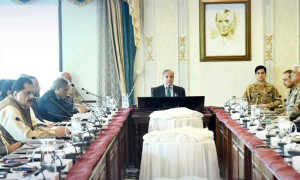

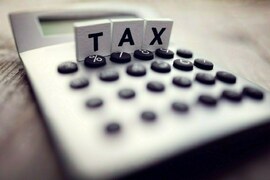

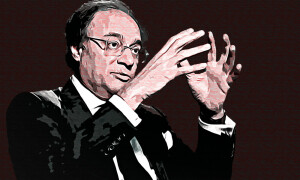
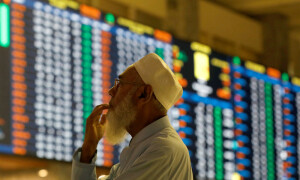
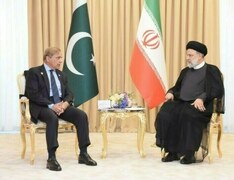
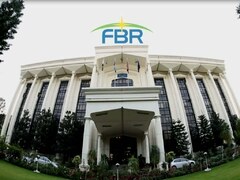

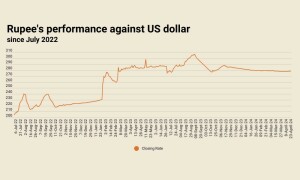

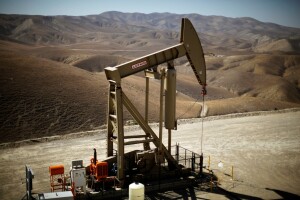



Comments
Comments are closed.